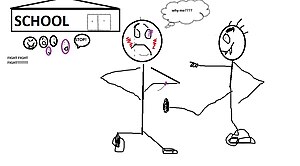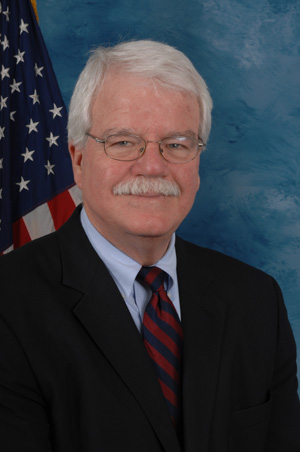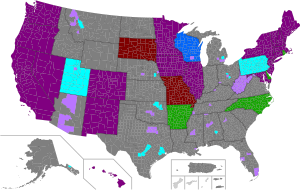 |
| English: National Center for Education Statistics logo. (2010, U.S. Department of Education. Institute of Education Sciences, National Center for Education Statistic). (Photo credit: Wikipedia) |
The National Center for Education Statistics, which is a division of the Institute of Education Sciences of the U. S. Department of Education, released its annual report this month. The title of the report is "The Condition of Education 2013." (NOTE: in government-talk, the 2013 annual report is for the 2010-2011 school year. Got that?)
Concerning special education, the report notes that by 2010-2011, the number of children and youth receiving services declined to 6.4 million, corresponding to 13 percent of total public school enrollment.
The report notes that 37% of the students receiving services were eligible under the category of specific learning disability. (NOTE I hate our emphasis upon the category of disability. Long time readers know that I believe that it promotes stereotypical thinking. Indeed the law requires analysis of a student's individual needs once she is eligible.)
About 95 percent of school-age children and youth ages 6–21 who were served under IDEA in school year 2010–11 were enrolled in regular schools. Three percent of children and youth ages 6–21 who were served under IDEA were enrolled in separate schools (public or private) for students with disabilities; 1 percent were placed by their parents in regular private schools; and less than 1 percent each were in separate residential facilities (public and private), homebound or in hospitals, or in correctional facilities.
You can read the entire report here. It contains a wealth of information on education. You may find it to be useful, please check it out.














































